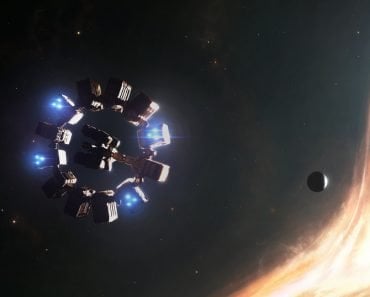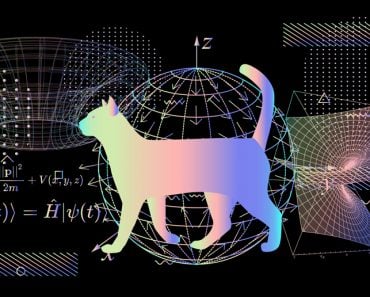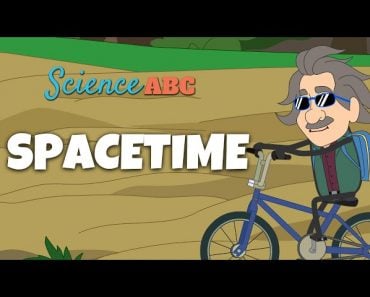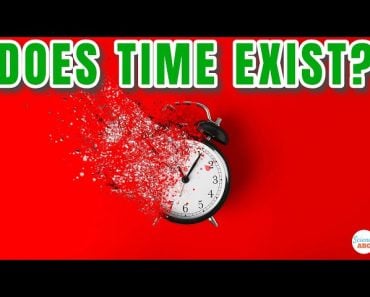In “Tenet”, the filmmakers creatively use the concepts of entropy, thermodynamics, and paradoxes to visually portray the mesmerizing phenomenon of objects moving backwards in time.
Let me start by asking a hypothetical question: How extraordinary would it feel if you could move backward in time? Seems a bit contradictory? Complex? Chaotic?
This concept of “time inversion” was beautifully and intensely portrayed in the movie Tenet, directed by Christopher Nolan. The film challenges viewers to ponder the nature of time and the implications of tampering with its flow. In Tenet, the filmmakers creatively use the concepts of entropy, thermodynamics, and paradoxes to visually portray the mesmerizing phenomenon of objects moving backwards in time.
Recommended Video for you:
The Mind-Boggling Plot
Imagining people moving backwards in time is somewhat possible, but how is it possible to show objects moving backwards in time? Imagine a bullet traveling back into a pistol or a truck reconstructing itself after running into an accident. This manipulation of time has been depicted in the movie by using concepts explained in physics like entropy, the laws of thermodynamics, the infamous grandfather paradox and more.
Physics Or Fiction?
The plot of this movie is undoubtedly mind-bending, but the question remains… is time travel of this kind actually possible in real life? By breaking down the theories of physics adapted in the movie, one can try to figure out whether time inversion is achievable or not. Spoiler alert: It’s not. Scientific concepts are blended with fiction and theoretical speculations to make this movie.
The first thing anyone watching Tenet needs to understand is that inversion in the movie is achieved due to entropy. Entropy, fundamentally means the measure of the order of randomness everywhere (yes, even in the Universe!). By reversing this entropy, a loop is formed, which enables everyone and everything to travel backward in time. This loop is a depiction of the flow of time – meaning that everything happening in the present has already happened in the past.
Wheeler-Feynman’s One-electron Universe
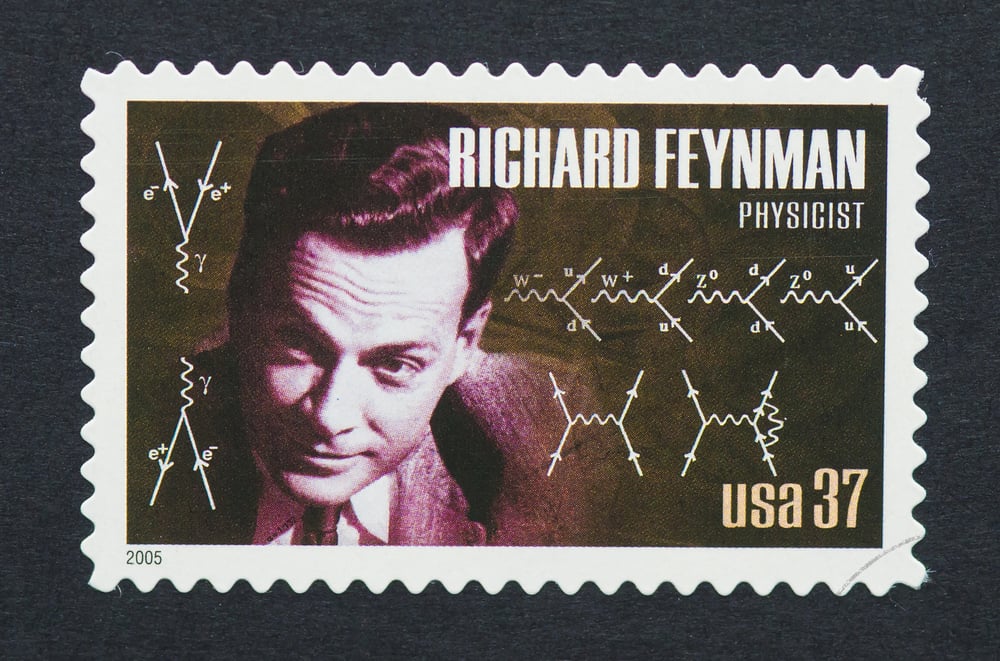
The storyline of Tenet is set in the future, where people from even further in the future have declared a war on people living in the present because they are so disturbed about climate change. The theory on which this inversion is based was proposed by John Wheeler on a phone call to Richard Feynman. This is known as the “One-electron Universe” theory, wherein electrons and positrons (electrons, but with a positive charge) are the particles, while their antiparticles move backwards and forwards in time.
In simpler terms, an electron traveling forwards in time could be a positron moving backwards. According to Feynman, if an electron keeps moving back and forth, it ends up creating multiple images of itself. This includes both inverted as well as non-inverted images. This implies that the complex world in which we’re living could be created by a single electron moving through spacetime curvature multiple times. In quantum mechanics, multiple realities of a single particle do exist (despite how unimaginable this seems).
Tenet explains all of this by using a time machine (surprisingly) that allows people to travel back in time.
The Second Law Of Thermodynamics
The interaction observed between inverted and non-inverted objects and people causes unexpected effects, as seen in the movie. The inverted objects possess negative entropy, which leads to peculiar interactions with the normal world. Although this doesn’t entirely stick to scientific principles, entropy does indeed play an important role in thermodynamics by describing the inclination of a system to move towards disorder.
The Infamous Grandfather Paradox
It has always been challenging to explain paradoxes both in movies and in real life. The Grandfather Paradox remains an unsolved problem in physics. In Tenet, the Grandfather Paradox is briefly mentioned, but then seemingly resolved through the concept of a “temporal pincer movement.” The idea that one could travel back in time and possibly alter events in a way that could eliminate their entire existence is a topic of intense debate among scientists.
Quantum Mechanics

There is no way such complex theories could fail to exhibit strange behaviors of microscopic particles like entanglement, superposition and time manipulation, when portrayed through speculations. It is clear that putting theoretical concepts into actual practice is not a task that can be accomplished overnight. Although a direct linkage between the behavior of particles and time manipulation has not been theorized yet, this movie does not fail to utilize artistic liberties to describe the involvement of Quantum physics.
The Ultimate Conclusion
Tenet incorporates an imaginative exploration of time manipulation with a complex narrative. The film takes some creative liberties in explaining scientific concepts and does venture into realm of science fiction. There is no doubt that scientists are continuing to unravel the mysteries of time and the Universe, but as of now, the current understanding does not align well with the portrayal of concepts like time inversion and reverse entropy, as shown in the movie.
This intense work of fiction certainly generates curiosity in the viewer’s mind about the nature of time and potential possibilities that lie beyond our current scientific grasp. When it comes to entertainment value, Tenet emerges as a clear winner, captivating audiences with its mesmerizing visuals, intricate storytelling, and mind-bending concepts.





